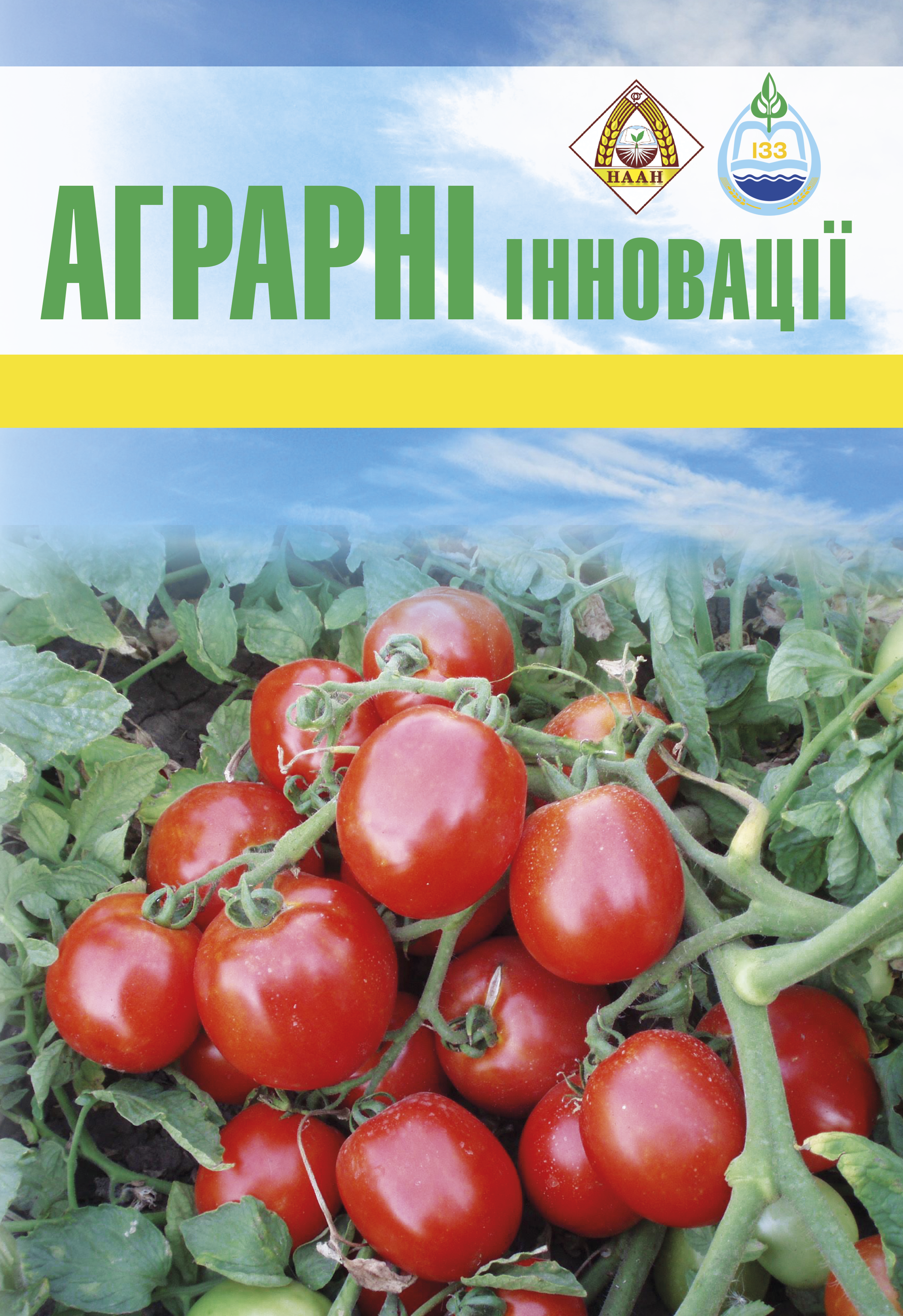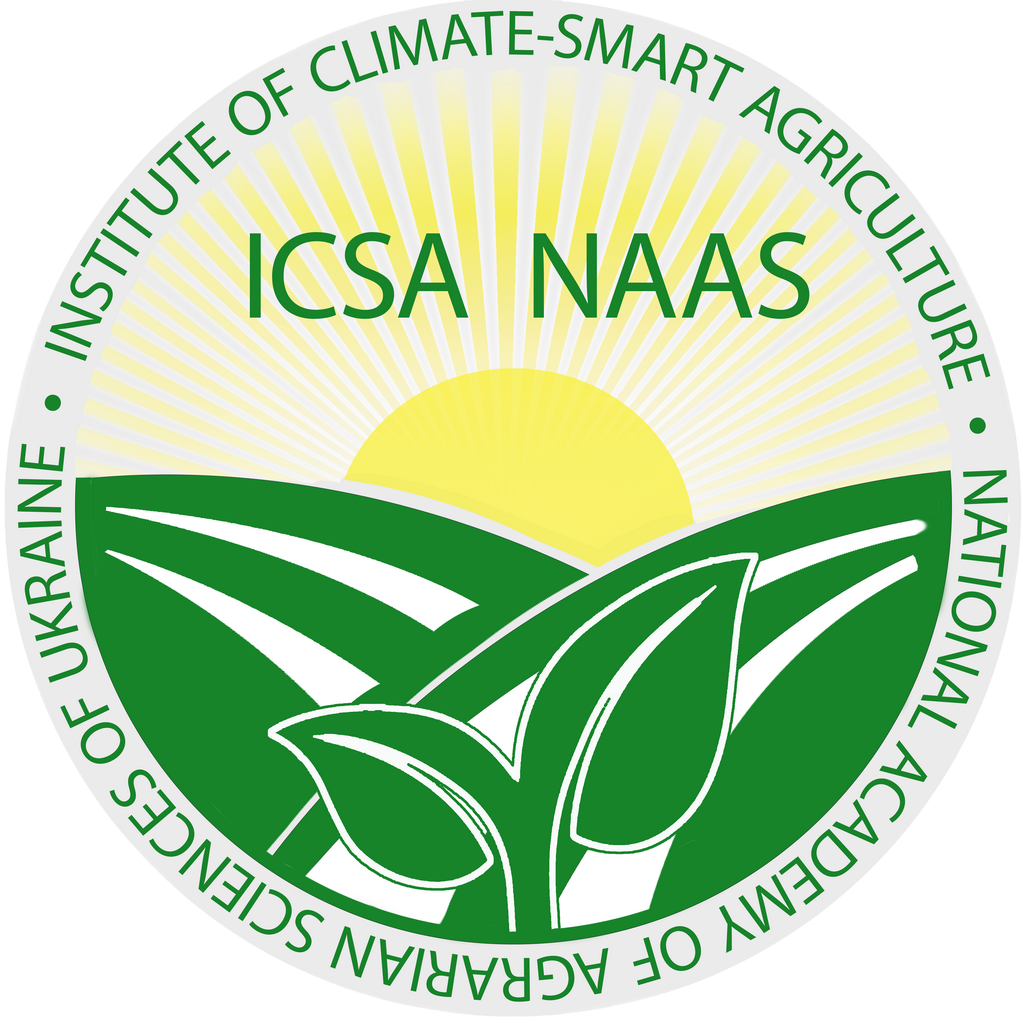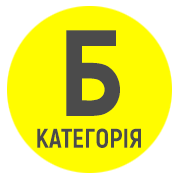Dynamics of chlorophyll content in fodder beet leaves in the conditions of the Western Forest-Steppe
Abstract
Goal – to investigate the influence of norms and ratios of mineral fertilizers on the formation of chlorophyll in fodder beet leaves in the conditions of the Western Forest-Steppe of Ukraine. Methods. The research was conducted during 2020–2024 on the experimental field of the Educational and Production Center «Podillia» of the Higher Education Institution «Podillia State University» on typical low-humus, medium-loamy black soil. The repetition in the experiment is fourfold. The placement of variants is systematic. The technology of growing fodder beet in the experiment is generally accepted, except for the factors under study. Results. According to the results of the research, it was found that the content of chlorophyll a in all studied varieties of fodder beet is always higher, compared to the content of chlorophyll b, by approximately 2.5 times, regardless of the change in the factors under study. In the phase of leaf closure in the rows (10.07), the highest chlorophyll content was accumulated in the fodder beet varieties Starmon – 6.02–7.59 and Olzhych – 5.59–6.97 mg/g of fresh weight compared to the Sonet variety (4.07–6.21). The maximum increase in the content of chlorophyll a depending on mineral fertilizers was recorded under the condition of using fertilizers with the norm N150P75K225 in all studied varieties and amounted to 6.21; 6.97; 7.59 mg/g of fresh weight, respectively. The highest value of the content of chlorophyll b was noted in the variants where mineral fertilizers with the norm N150P75K225 and N225P75K150 were used. In terms of varieties, the highest concentration of chlorophylls of group b in fodder beet plants was in the Starmon variety and amounted to 3.07 and 3.01 mg/g of fresh weight, respectively. It was found that the highest chlorophyll content was observed during the period of active growth and development of fodder beet plants (10.08). Thus, the content of total chlorophyll (a+b) in the leaves of plants was 7.46–10.91 mg/g of fresh weight in the Sonet variety, 9.09–11.60 in the Olzhych variety and 10.10–12.10 mg/g of fresh weight in the Starmon variety. The greatest increase was in the variants with the application rate of N150P75K225 and N225P75K150 in all varieties. Thus, in the Sonet variety, the increase compared to the control was 39.9–46.2%, in the Olzhych variety 23.4–27.6% and in the Starmon variety 16.6–19.8%. Subsequently, at the following stages of ontogenesis for the period (10.09), with the aging of the leaf apparatus, the dying off of the most productive leaves, the reduction of the leaf surface area and the decrease in the mass of the leaves, a gradual decrease in the concentration of green pigments is noted. The best conditions for increasing the amount of chlorophylls were created by applying complete mineral fertilizer to the soil. Conclusions. The concentration of green pigments in fodder beet leaves varies significantly depending on the phases of ontogenesis and the application of complete mineral fertilizer. It was established that the use of mineral fertilizers is an effective agrotechnical measure for optimizing chlorophyll biosynthesis in fodder beet plants, which indirectly leads to an increase in crop yield. The maximum intensity of pigment biosynthesis in fodder beet plants was recorded in the first decade of August (intensive growth) when applying mineral fertilizers with the rate of N150P75K225 and N225P75K150 for all studied varieties. At the same time, the content of total chlorophyll (a+b) in the leaves of fodder beet plants was 10.44–10.91 mg/g of fresh weight in the Sonet variety, 11.22–11.60 in the Olzhych variety, and 11.78–12.10 mg/g of fresh weight in the Starmon variety.
References
2. Безвіконний П. В. Фотосинтетична діяльність рослин буряка кормового залежно від впливу мінеральних добрив. Подільський вісник: сільське господарство, техніка, економіка. 2025. 46 (1). С. 19–25.
3. Бурко Л. М. Вплив елементів технології вирощування на процес синтезу хлорофілу у листках буряків кормових. Рослинництво та ґрунтознавство. 2020. Vol. 11. № 4. С. 26–33.
4. Гарбар Л. А., Аврамчук В. І. Динаміка вмісту хлорофілів у листках соняшнику за впливу елементів технології вирощування. Аграрні інновації. 2022. № 14. С. 7–11.
5. Гармашов В. В., Стан Д. С. Особливості фотосинтетичної діяльності рослин кормового буряка залежно від умов вирощування. Аграрний вісник Причорномор’я. Сільськогосподарські науки. 2014. Вип. 71. С. 19–25.
6. Куничак Г. С., Кобилянська Г. М. Цінність і технологія вирощування кормових буряків. Пропозиція – головний журнал з питань агробізнесу. Київ, 2008. № 9. С. 6–65. URL: https://propozitsiya.com/ua/cinnist-i-tehnologiya-viroshchuvannya-kormovihburyakiv (дата звернення: 22.04.2025).
7. Кривенко А. І., Бурикіна С. І. Пігментна система фотосинтетичного апарату пшениці озимої за дії мікроелементу цинк. Таврійський науковий вісник. 2018. № 102. С. 57–67.
8. Методики проведення досліджень у буряківництві / за ред. М. В. Роїка, Н. Г. Гізбулліна. Київ : ФОП Корзун Д. Ю., 2014. 373 с.
9. Присяжнюк О. І., Коровко І. І. Динаміка вмісту хлорофілів у листках цукрових буряків. Новітні агротехнології. 2015. № 1. С. 11–12.
10. Рожков А. О., Пузік В. К., Каленська С. М. Дослідна справа в агрономії: навч. посіб.: у 2 кн. Кн. 1. Теоретичні аспекти дослідної справи / за ред. А. О. Рожкова. Харків: Майдан, 2016. 316 с.
11. Bezvikonnyi P., Myalkovsky R., Muliarchuk O., Tarasiuk V. Effectiveness of the combined application of micro-fertilizers and fungicides on the beets crops. Ukrainian Journal of Ecology. 2020. 10(6). 28–37.






